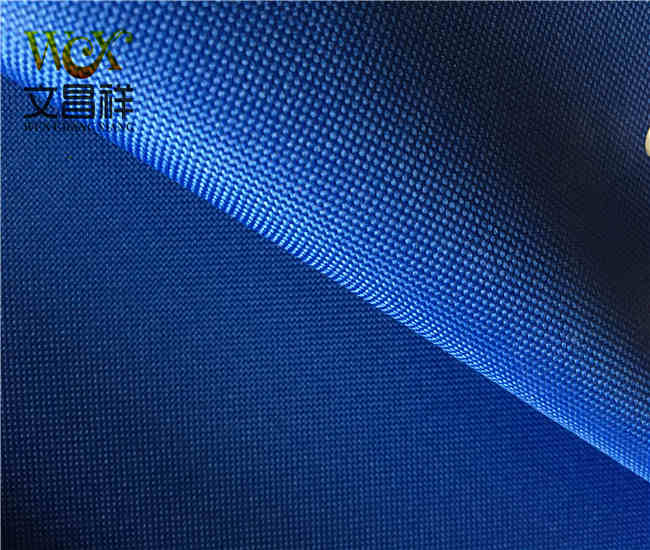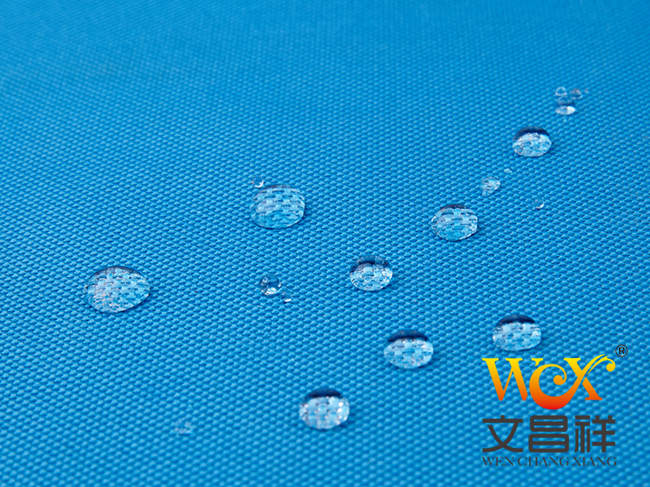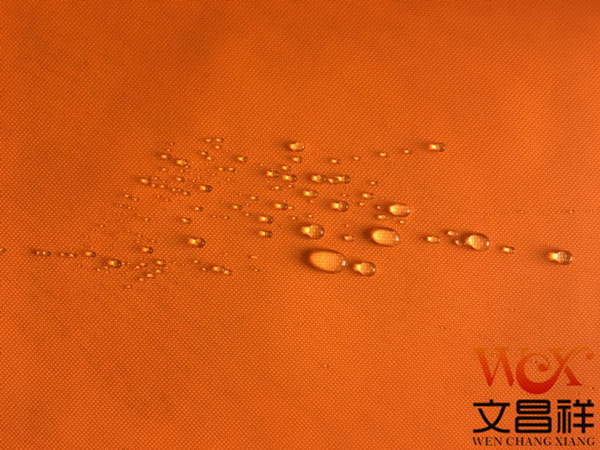Oxford cloth is the most common fabric used for parasols. 600D Oxford cloth and 420D Oxford cloth are both acceptable. It has the best sun-shading, waterproof and anti-corrosion properties. It also has anti-ultraviolet and wind resistance, and the price is relatively affordable. There is also such a coated Oxford cloth that is also very good, because the silver-coated Oxford cloth can reflect most ultraviolet rays, and it also has the functions of being rainproof and mentioned above.

Selecting Whether a parasol has strong UV resistance mainly depends on the fabric. Oxford polyester fabric is better. Studies have shown that thick umbrella fabrics have better UV resistance and are more durable than thin ones, and the darker the UV protection, the better.
600D Oxford cloth has been preshrunk, shaped, dyed, coated with PVC, and waterproofed It is processed through multiple processes such as processing. It feels soft and smooth, has bright color, is waterproof, durable, not easy to wrinkle, and has rich colors.

420D Oxford cloth: woven from 400Dx400D weft yarn. It is resistant to folding, anti-aging, has high color fastness, does not fade or shrink, is waterproof and dustproof on both sides, and is suitable for making large umbrellas, tarpaulins, and tents. It is slightly thicker and more wear-resistant than ordinary small umbrella fabrics, and has an additional water-repellent process. Suitable for tricycle sheds, tent fabrics, awnings, advertising umbrellas and other outdoor products.

What are the specifications of Oxford cloth? Such as 1680D, 1200D, 900D, 600D, 420D, 300D, 210D, 150D and other Oxford cloth. Function classification of Oxford cloth: fire-retardant cloth, waterproof Oxford cloth, PVC Oxford cloth, PU Oxford cloth, camouflage Oxford cloth, fluorescent Oxford cloth, Printed Oxford cloth, composite Oxford cloth, etc.
</p





